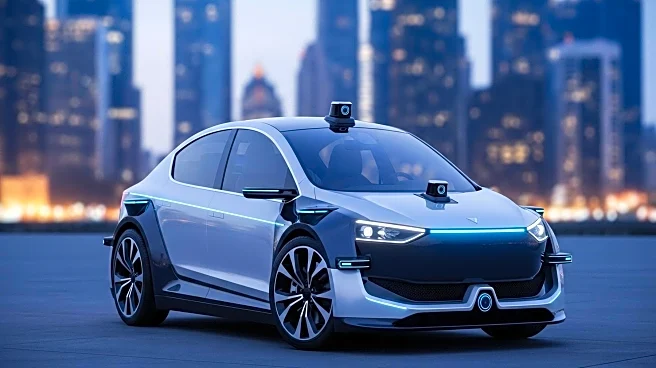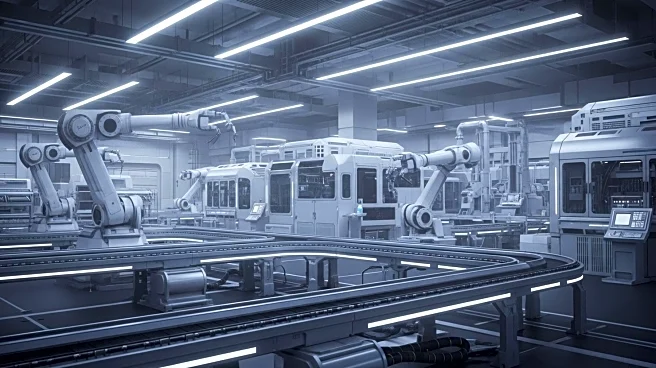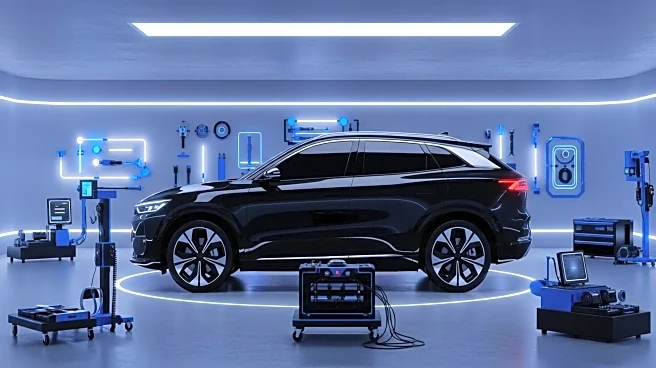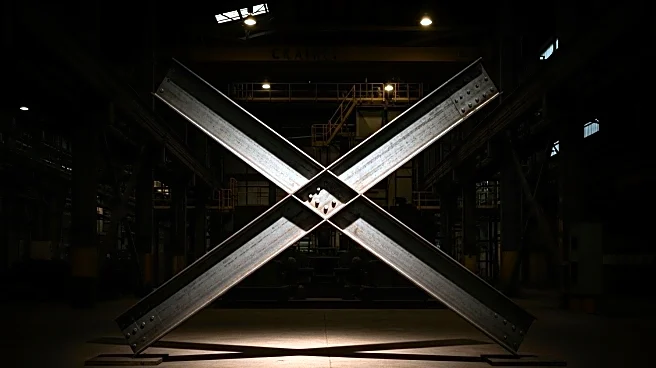What is the story about?
What's Happening?
Rivian Automotive Inc. has announced layoffs affecting approximately 150 employees, primarily in sales and service teams, as the company prepares for the launch of its R2 SUV. The layoffs represent about 1.5% of Rivian's workforce and follow previous cuts earlier this year. The R2 SUV, set to launch next year, is expected to broaden Rivian's market with a starting price of around $45,000. The company plans to produce 50,000 R2s at its Illinois plant and expand production to its Georgia factory. The layoffs are part of a strategic move to optimize costs and focus on the R2's development.
Why It's Important?
Rivian's decision to reduce its workforce reflects broader challenges in the electric vehicle sector, particularly as federal tax credits are set to expire. The layoffs are a strategic move to align resources with the company's focus on the R2 SUV, which is seen as a key product for expanding its market presence. By optimizing costs, Rivian aims to remain competitive in a rapidly evolving industry. The launch of the R2 SUV is crucial for Rivian's growth, as it seeks to capture a larger share of the electric vehicle market with a more affordable offering.
What's Next?
Rivian will continue to focus on the development and production of the R2 SUV, with plans to expand manufacturing capabilities in Georgia. The company will need to navigate the expiration of federal tax credits and potential regulatory changes that could impact the EV market. As Rivian positions itself for growth, it will be important to monitor consumer response to the R2 SUV and adjust strategies accordingly. The company may also explore partnerships or collaborations to enhance its market presence and address industry challenges.
Beyond the Headlines
The layoffs highlight the competitive pressures facing the electric vehicle industry, as companies strive to balance innovation with cost management. Rivian's strategic shift underscores the importance of adaptability in a sector characterized by rapid technological advancements and changing consumer preferences.
AI Generated Content
Do you find this article useful?
















